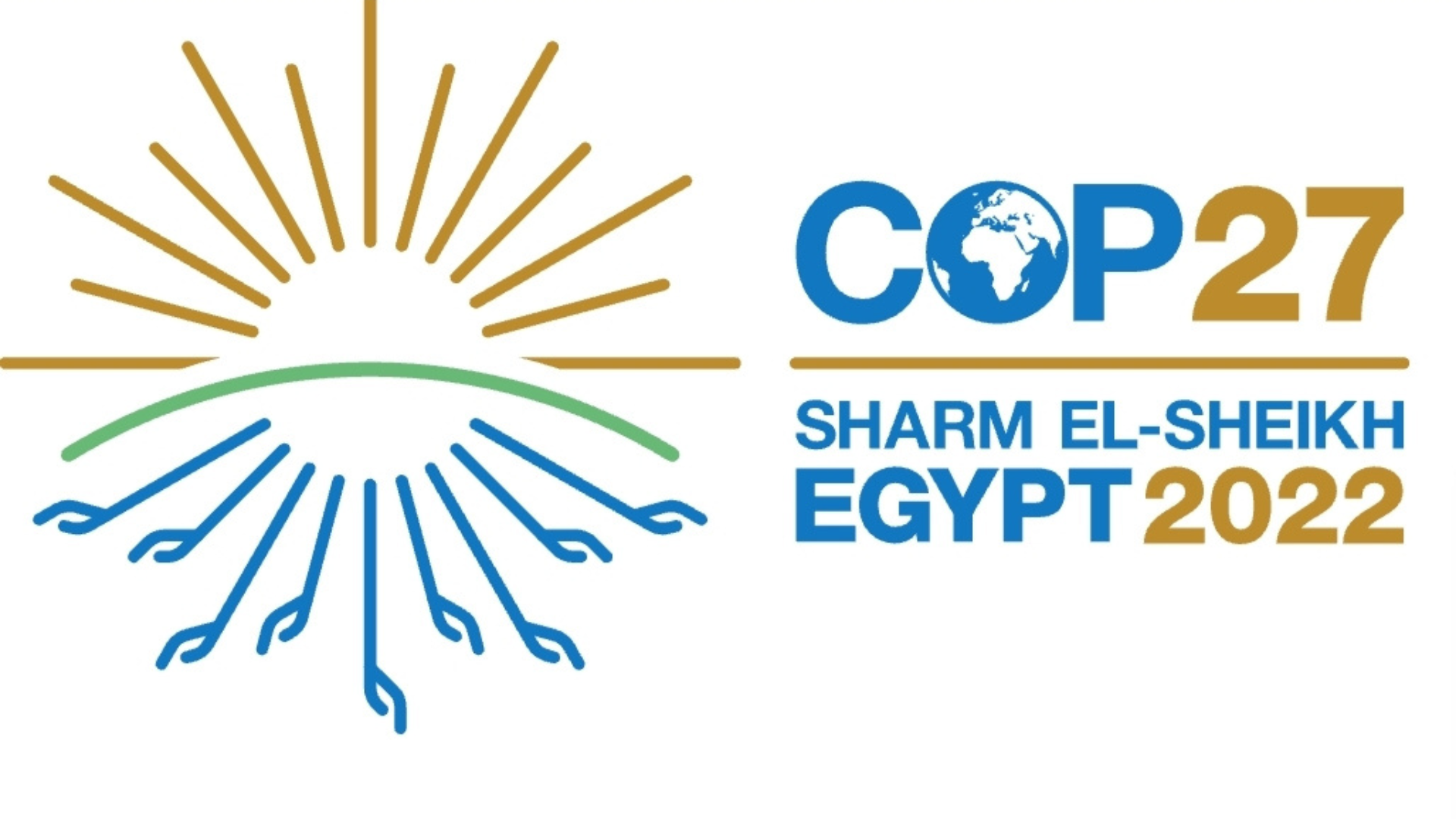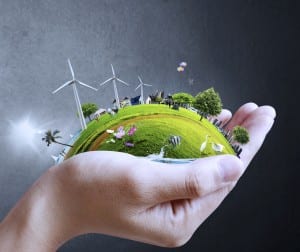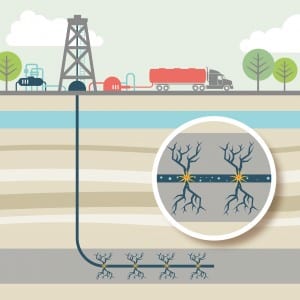 With the recent 60 Minutes TV profile of Daniel Day-Lewis, who so powerfully portrayed our most popular US President in the 2012 bio-pic “Lincoln,” we continue to examine the emotion and pain of the Civil War. With President Obama’s SOTU address, we’re reminded that the nation remains essentially at war over the development and delivery of energy. The battles to decide our most economically and environmentally sustainable path forward are being waged in legislative chambers, courtrooms, town halls and countless media channels and editorial pages.
With the recent 60 Minutes TV profile of Daniel Day-Lewis, who so powerfully portrayed our most popular US President in the 2012 bio-pic “Lincoln,” we continue to examine the emotion and pain of the Civil War. With President Obama’s SOTU address, we’re reminded that the nation remains essentially at war over the development and delivery of energy. The battles to decide our most economically and environmentally sustainable path forward are being waged in legislative chambers, courtrooms, town halls and countless media channels and editorial pages.
Long before environmental consciousness in the US took a leap forward in 1962 with biologist Rachel Carson’s book “Silent Spring,” business, government and activists struggled to find a balance of interests. Today, the struggle has evolved into complex and sharply contrasted political positions, issues and choices to be navigated, negotiated and litigated. One emerging reality is that, for all the engineering, science and technology that drives energy innovation, effective engagement with stakeholders – good, effective communication – may be the chief enabler of sustainable and profitable operations. Or the ability to operate at all.
At the heart of this communication is reconciling the tension between science-backed facts that should guide decisions, and the powerful emotions fueled by the real and perceived risks and benefits related to security, economic opportunity, human health and natural resources. All this plays out in a world where social media has democratized influence, and where political motives can be unfriendly to facts. The result: a grinding, noisy and costly gridlock that defines debates about almost everything energy.
So, how can communicators help energy companies most effectively work with stakeholders to break through, to achieve enough alignment of interests to move forward on energy solutions, and avoid wasting the time and money being lost battling over turf?
Clearly there is a need to apply the most sophisticated, science-based tools to ensure that decisions on energy policy are being made based on verifiable facts. One such evidence-based method is Mental Models, which have been developed over decades of research by cognitive scientists and behavioral psychologists. The models, which reflect people’s tacit webs of belief, provide an in-depth understanding of how people perceive and understand the risks and benefits associated with a proposition, problem, opportunity or product – and what will drive their behavior choices. The models, which can inform communication content and strategy choices for stakeholder engagement — can more closely align the communication function in an energy firm with the precision engineering and standards-driven cultures that are common to the industry.
Mental models aren’t new – some leading energy companies have used them to drive risk management and communication efforts, and some public health agencies are specifically requesting their use in RFPs. The US Army Corps of Engineers is building decision models using the method, and the US FDA has published guidance for risk communications that features Mental Models prominently http://www.fda.gov/ScienceResearch/SpecialTopics/RiskCommunication/default.htm.
What natural resources and technologies will we develop, and how, to provide the energy security, affordability, sustainability and economic opportunity we all need to maximize our quality of life? Over time we’ll find out, but for energy communicators a more urgent question is: which science-based tools will help us best understand stakeholder needs regarding the risks and benefits of energy related choices?


